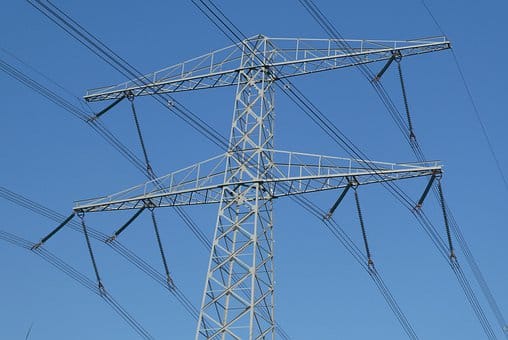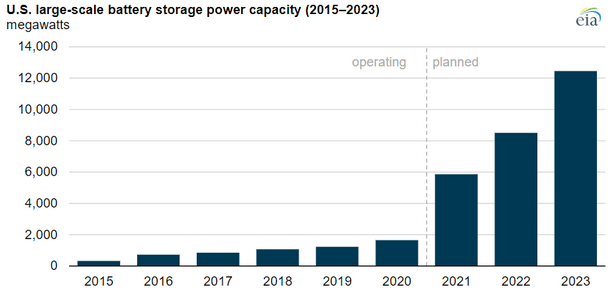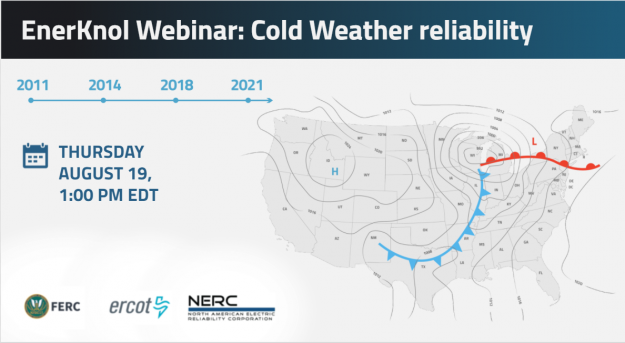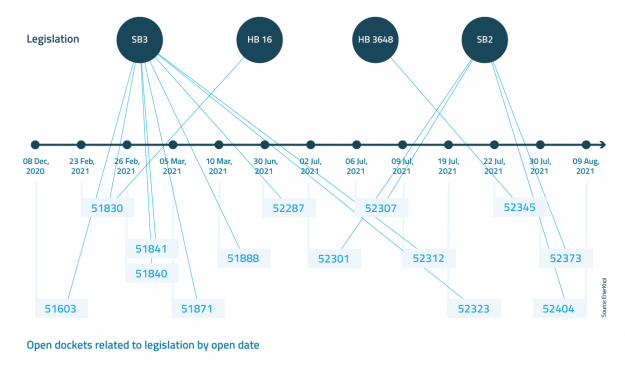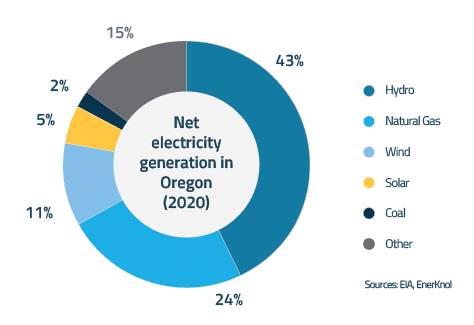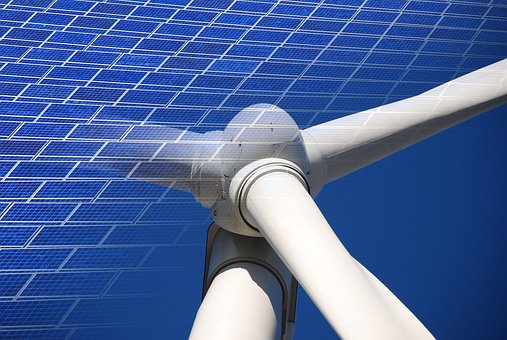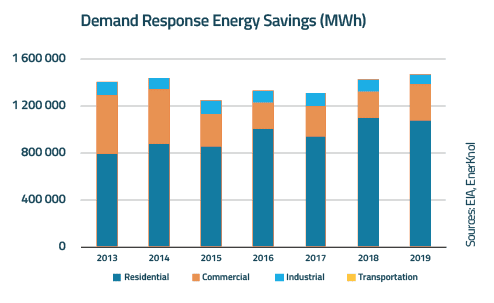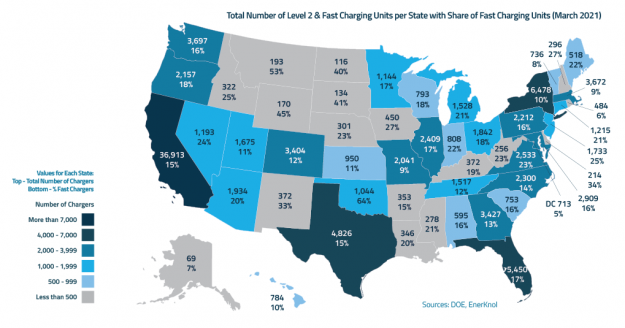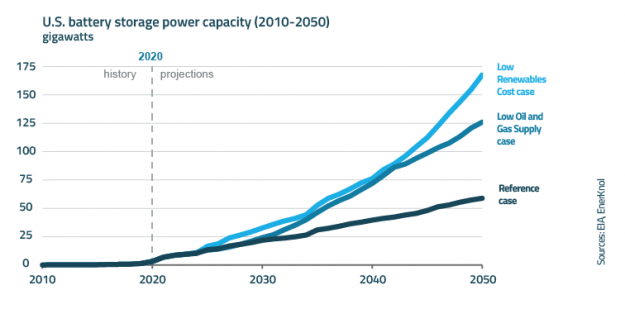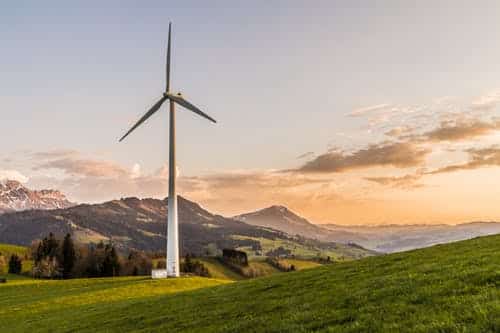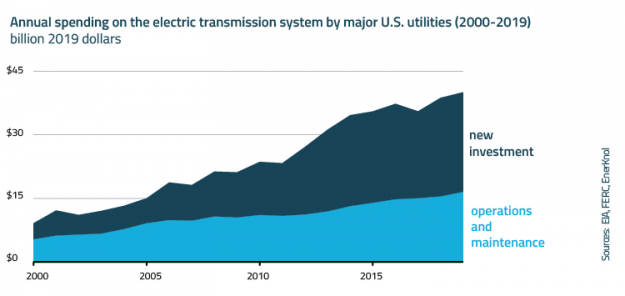California Commission Approves Nearly $6.9 Billion Revenue Requirement for SCE
The California Public Utilities Commission has authorized a 7.63 percent increase to Southern California Edison’s revenue requirement for 2021, down from the utility’s initial request of a 19.03 percent hike. The decision authorizes a $6.899 billion revenue requirement for operations and capital investment in 2021, about $730 million less than what the utility requested. This…...
